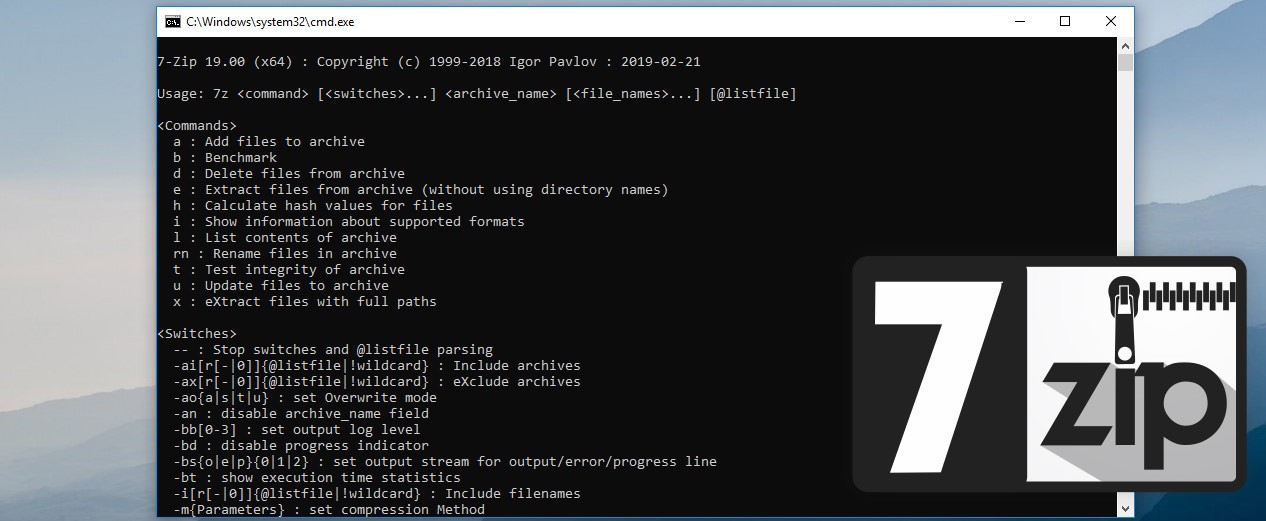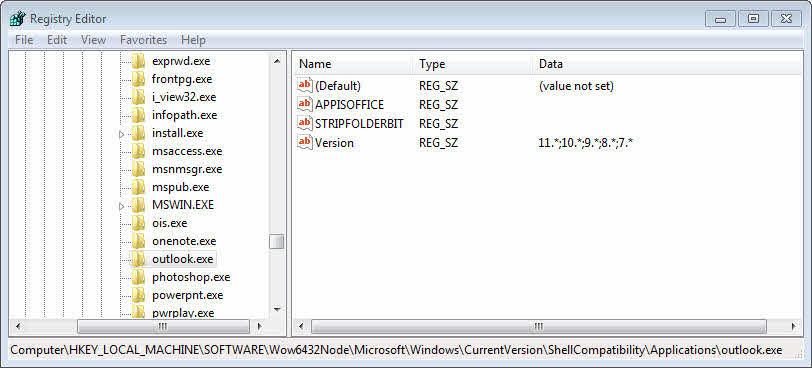

There are pros and cons to using both AES and ZipCrypto.Under encryption, enter the password twice on the displayed fields.Make sure the Archive format is set to zip.Right-click the file that you want to protect.They don’t even need to open the zip file on your PC. This also means that if the password is leaked, anyone can open the zip file’s contents. Even if you lose access to the user account, you can still recover zip file contents. Third-party apps are only tied to the passwords they create during compression. If you lose access to it, you won’t be able to recover your zip file. Thus this file is now tied into your user account. It won’t open on your PC either if you log in under a different username. This is because the file won’t open on anybody else’s Windows PC. It means you cannot share it with anyone else. One key thing to note here is using this method of password protection secures the file for a single user. But, if you log in to your PC using a different user, the file is inaccessible. This is why you will see no change when attempting to open the zip file. Once you encrypt the zip file, it is accessible only if you logged in from the same user who encrypted it. Select OK to close the Properties window.On the Encryption Warning window, select the recommended “ Encrypt file and parent folder”.Under the Compress or Encrypt attributes, check Encrypt contents to secure data.Under the General tab, select Advanced.



 0 kommentar(er)
0 kommentar(er)
